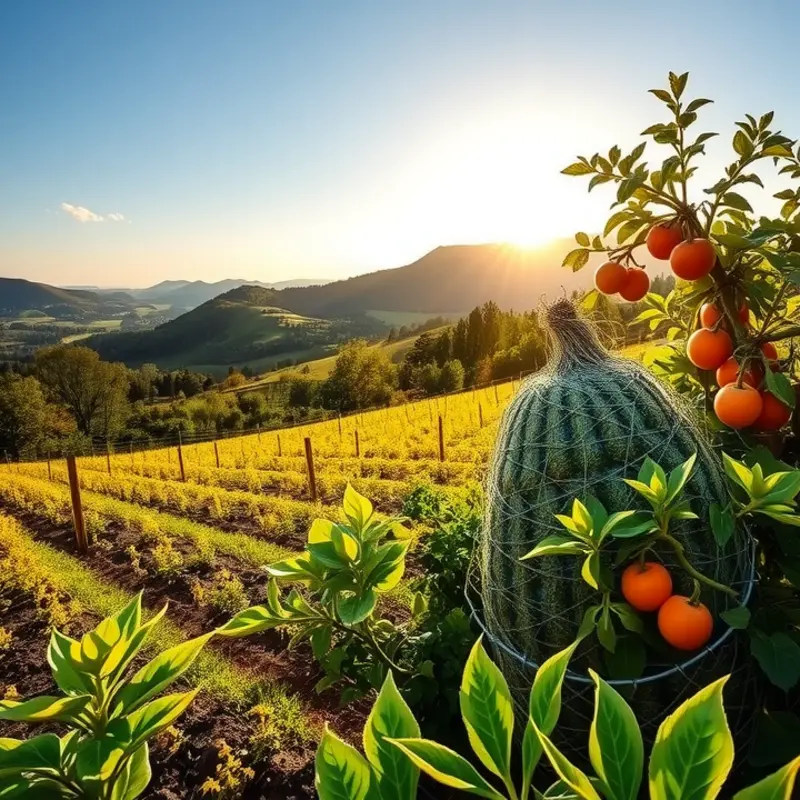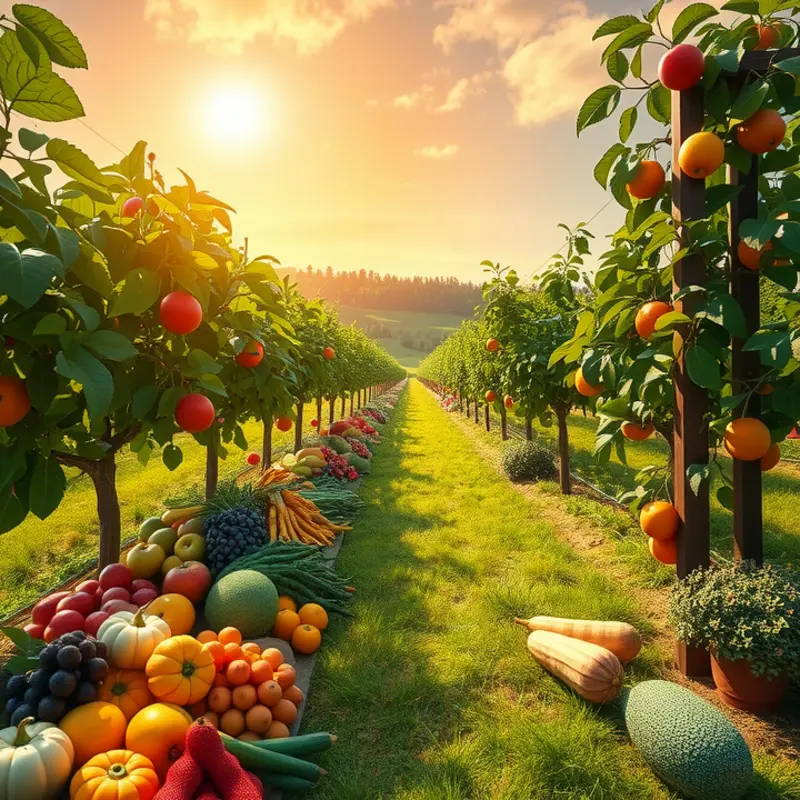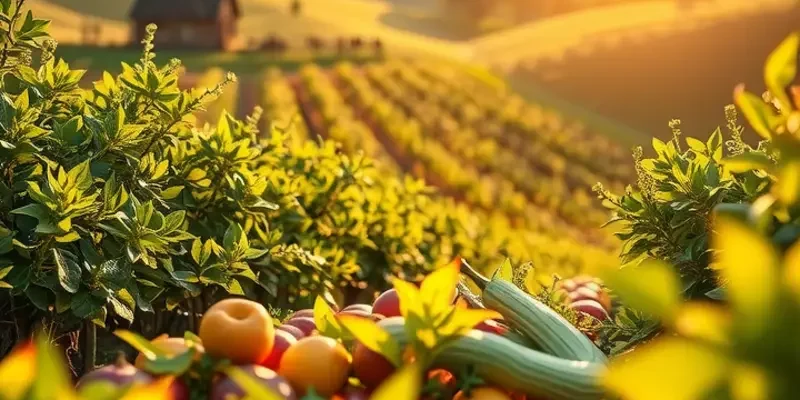Austrian cuisine is a vibrant tapestry woven from its diverse landscapes, histories, and traditions. Enriched by its imperial past and surrounded by stunning natural beauty, Austria offers a culinary experience that reflects both its historical significance and its connection to nature. From hearty alpine dishes to delicate pastries, Austrian cuisine invites food enthusiasts and culturally-curious travelers to delve into an exploration of flavors that tell stories of the land and its people.
Hearty Specialties: The Flavors of the Austrian Alps

Austria’s mountainous regions are renowned for their hearty culinary traditions, with dishes that are both comforting and steeped in history. Central to Austrian cuisine is the Wiener Schnitzel, a dish that’s a culinary ambassador, reverberating far beyond the Alpine boundaries. This breaded and pan-fried veal cutlet is often served with a slice of lemon and traditional accompaniments such as potato salad or parsley potatoes.
Apfelstrudel is another emblem of Austrian gastronomic pride. This dessert, with its paper-thin pastry layers wrapped around a flavorful apple filling, is a nod to the country’s deep appreciation for pastries. The preparation is intricate, requiring skill to stretch the dough so thin that it’s almost translucent. The aroma of cinnamon and apples wafting through an Austrian kitchen is an experience that resonates with both locals and visitors.
Dumplings, or knödel, play a vital role in the Austrian diet. These versatile balls of dough can be sweet or savory. Traditionally, they serve as a cozy companion to main dishes, particularly meat-based ones. Popular varieties include Semmelknödel (bread dumplings), perfect for absorbing rich sauces, and Germknödel, featuring a sweet plum filling, often served as a dessert.
Bread also holds a place of prominence at the Austrian table. The country boasts a wide selection, from dark, dense rye breads to intricately braided sweet treats. This variety reflects the country’s diverse regional influences and the importance of bread in daily life.
Austrian cuisine thrives on local and seasonal produce, which you can explore at vibrant farmer’s markets. These markets serve as community hubs, where farmers bring fresh, regional products directly to consumers. Here, sustainably sourced meats, organic vegetables, and artisanal craft products highlight the deep connection between Austrian food culture and its land.
The emphasis on locally-sourced ingredients is not only driven by flavor but also sustainability. By prioritizing regional ingredients, Austrians reduce food miles and support local economies. This practice ties into broader global discussions on food consumption and sustainability, encouraging eco-smart kitchen storage as a method of reducing waste and preserving the quality of local produce. Explore more on this sustainable practice here.
Festivals further illuminate the cultural significance of food in Austria. Celebrations like the harvest festival showcase bountiful local produce and traditional recipes. These events blend music, dance, and gastronomy, providing insight into the communal spirit and the joy of sharing food, reminding us of the integral role of cuisine in cultural and social traditions.
In exploring Austria’s culinary heritage, one discovers a landscape where food transcends sustenance, offering not just flavors but a taste of history, community, and identity.
Sweet Indulgences: Desserts and Pastries in Austria

Austrian desserts and pastries shine as quintessential embodiments of the country’s deep-rooted culinary artistry. Amongst these, the Sachertorte stands unparalleled in its rich legacy. Born in the early 19th century, this decadent chocolate cake layers thinly spread apricot jam, enveloped in a glossy, dark chocolate glaze, a must-taste at Vienna’s esteemed coffee houses.
Techniques for perfecting such treats are often family heirlooms, with recipes passed down through generations, each varying slightly, contributing to their intrigue. The key to a genuine Sachertorte lies in the balance — a luscious concoction achieved through skillful preparation and baking precision.
Equally famous, the Kaiserschmarrn transforms the humble pancake into a regal delight. Named after Emperor Franz Joseph I, this dish embodies simplicity and sophistication. Shredded into pieces while cooking and caramelized to perfection, Kaiserschmarrn is traditionally dusted with powdered sugar and served with fruit compote. It’s more than just a pancake; it’s a narrative of imperial history presented on a plate.
Coffee houses, or Kaffeehäuser, are cultural sanctuaries where sweets are more than sustenance; they are an invitation to pause, savor, and engage. These establishments offer an environment buzzing with intellectually stimulating conversations, where the desserts play a central role in the social fabric of Austrian life.
Flavor combinations often reflect Austria’s diverse regions. Almonds, hazelnuts, and fresh fruits like plums and apricots frequently grace Austrian desserts, amalgamating the local bounty into irresistible creations. Chocolate, ubiquitous and revered, provides a luscious backdrop to most Austrian sweets, complementing the varied ingredients used.
Desserts in Austria are not limited to casual snacking. They are integral to celebrations and rituals, marking occasions with an indulgence that transforms ordinary moments into festive events. Whether it’s a family gathering or a festive celebration, these sweets embody joy, symbolizing good fortune and abundance.
Influences from trade routes have also enriched these culinary traditions, introducing new spices and methods that have been ingeniously adapted. For a deeper exploration of how global influences continue to shape pastry traditions, this link provides further insights.
Embracing the subtle nuances and history behind each dessert allows one to truly appreciate Austria’s sweet indulgences, recognizing them as more than mere food but as a tangible segment of the nation’s storied cultural heritage.
Final words
Austrian cuisine is more than just a collection of recipes; it embodies the heart and soul of a nation steeped in rich history and vibrant culture. From the picturesque Alpine landscapes shaping its hearty dishes to the elegant sweets that showcase meticulous craftsmanship, every bite offers a taste of Austria’s story. As food enthusiasts and culturally-curious readers venture into this culinary realm, the experience becomes a deeper exploration of community, tradition, and the natural bounty of the land. Embrace the flavors of Austria, and let every meal become a celebration of its rich cultural heritage.








